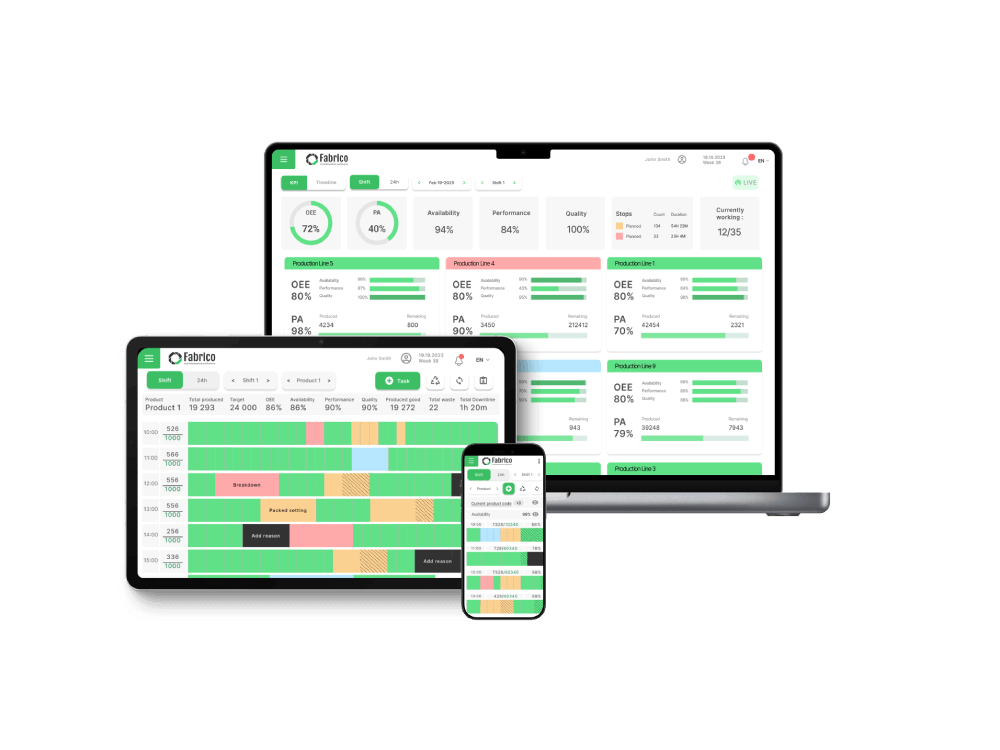Key Takeaways
-
OEE (Overall Equipment Effectiveness) is the gold standard KPI for measuring manufacturing productivity. It tells you what percentage of your planned production time is truly productive.
-
The OEE formula is a simple multiplication of three factors: Availability (Are we running?), Performance (How fast are we running?), and Quality (Are we making good parts?).
-
OEE is a powerful diagnostic tool. The key to improvement is connecting the OEE diagnosis (the problem) to a maintenance management system (CMMS) that can provide the cure (the solution).







